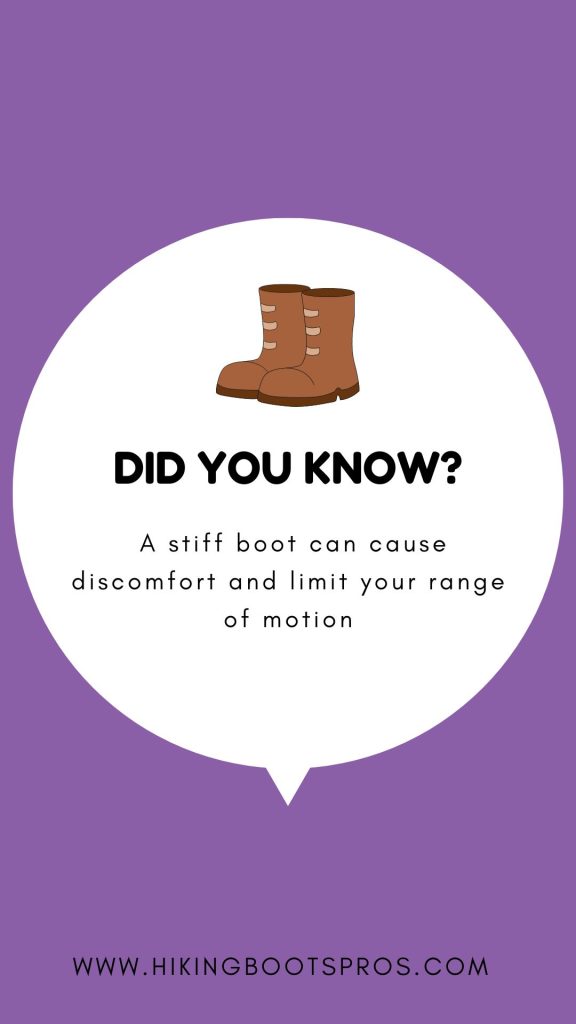Last updated on May 8th, 2023
Boots are an essential part of our wardrobe, providing comfort and protection while keeping us stylish. However, finding the right pair of boots can be a challenge, especially with so many options available in the market.
In this blog post, we will guide you through choosing the perfect pair of boots. We will cover everything from how boots should fit to finding the right size and key considerations for finding boots that fit you perfectly.
How Should Boots Fit? Your Guide to Perfect-Fitting Boots
One of the most important things to consider when choosing boots is the fit. A good fit will provide comfort and support, while an ill-fitting boot can cause blisters, discomfort, and even injury. When trying on boots, make sure to pay attention to the following factors:
When it comes to buying boots, it’s important to get the right fit to ensure maximum comfort and support for your feet. Poorly fitting boots can lead to blisters, sore feet, and even injuries. Here are some tips on how to find the perfect-fitting boots.
Toe box
The toe box is the front part of the boot where your toes go. Make sure there is enough space in the toe box for your toes to wiggle and move freely. Your toes should not be cramped or touching the end of the boot. This is especially important for hiking boots or work boots, where you may be wearing thicker socks.
Arch support
Check for adequate arch support, especially if you have flat feet or high arches. The arch of your foot should be supported by the boot, providing stability and preventing overpronation (when your foot rolls inward too much).
Heel fit
The heel should fit snugly without slipping or rubbing against the back of the boot. A loose heel can cause discomfort and blisters, while a heel that is too tight can cause rubbing and chafing.
Width
Make sure the boot is wide enough to accommodate your foot comfortably. Your foot should not feel squeezed or cramped in the boot. If you have wide feet, look for boots that come in a wide size or have adjustable lacing or straps.
Flexibility
The boot should be flexible enough to allow for natural foot movement. A stiff boot can cause discomfort and limit your range of motion. Look for boots with a flexible sole and upper, especially if you plan on using them for activities like hiking or walking.

By following these guidelines, you can ensure that you find the perfect fitting boots that provide comfort, support, and protection for your feet.
5 Key Considerations For Finding Boots That Fit You Perfectly
Apart from the fit, there are other key considerations to keep in mind when looking for the perfect pair of boots. Here are five important factors to consider:
Purpose
Consider the purpose of your boots. Are you looking for work boots, snow boots, rain boots, or cowboy boots?
Material
The boots’ material will determine their durability, comfort, and flexibility. Leather and suede are good options for durability and comfort, while synthetic materials are more affordable.
Style
Boots come in various styles, from ankle boots to knee-high boots, and each style serves a different purpose. Choose a style that suits your needs and personal style.
Brand
The brand of the boots can also impact the fit and quality. Look for reputable brands that have a history of producing high-quality boots.
Price
Boots can range in price from affordable to high-end. Consider your budget when choosing a pair of boots, but keep in mind that investing in a good pair of boots can be a worthwhile investment in the long run.
How to Find the Right Boot Size
Finding the right size of boots is crucial for a comfortable and supportive fit. Here are some tips for finding the right boot size:
Measure your foot. Use a tape measure to measure the length and width of your foot. This will help you determine your correct size. Try on boots in the afternoon. Feet tend to swell throughout the day, so it’s best to try on boots in the afternoon when your feet are at their largest Wear the socks that you would normally wear with boots when trying them on.
Walk around. Make sure to walk around in the boots to get a feel for how they fit and if there are any pressure points or discomfort.
READ MORE ABOUT: ARE HIKING BOOTS NECESSARY
Conclusion:
Choosing the right boots can be a daunting task, but by following our guide on how should boots fit, key considerations for finding boots that fit you perfectly, and how to find the right boot size, you can make an informed decision. Remember to consider the purpose, material, style, brand, and price when choosing a pair of boots, and always prioritize a comfortable and supportive fit. With the right pair of boots, you’ll be ready to take on any adventure that comes your way.
FAQs
To know if your boots fit properly, you should feel snugness around your foot and ankle, enough room to wiggle your toes, and no slipping or pinching.
It’s recommended to get a size bigger in boots if you plan on wearing thick socks or have wide feet, and a size smaller if you have narrow feet or want a tighter fit.
To find the right boot for you, consider the purpose, fit, and material of the boot, as well as your foot shape and size, and personal preferences such as style and color.

Tyler Looney is an avid hiking enthusiast and the author of HikingBootsPros.com, a website dedicated to providing helpful insights and advice on choosing the best hiking boots. His expertise and passion for hiking have made him a valuable resource for both beginner and experienced hikers alike.

